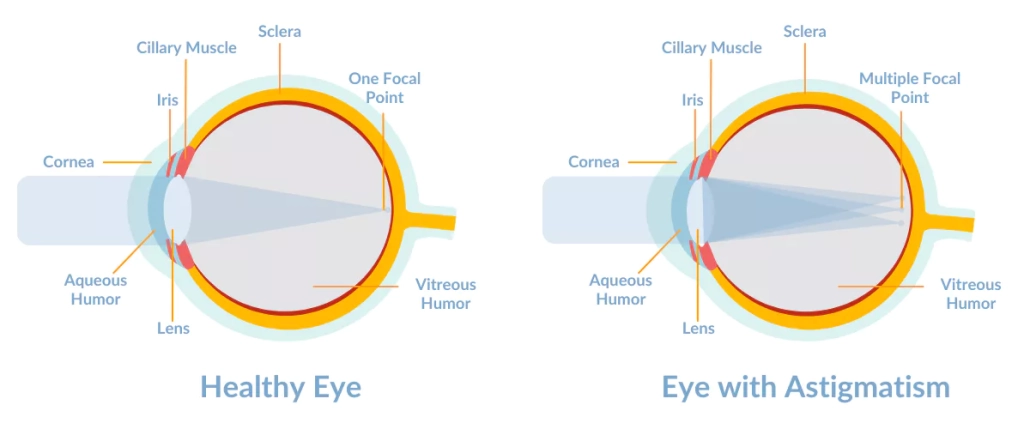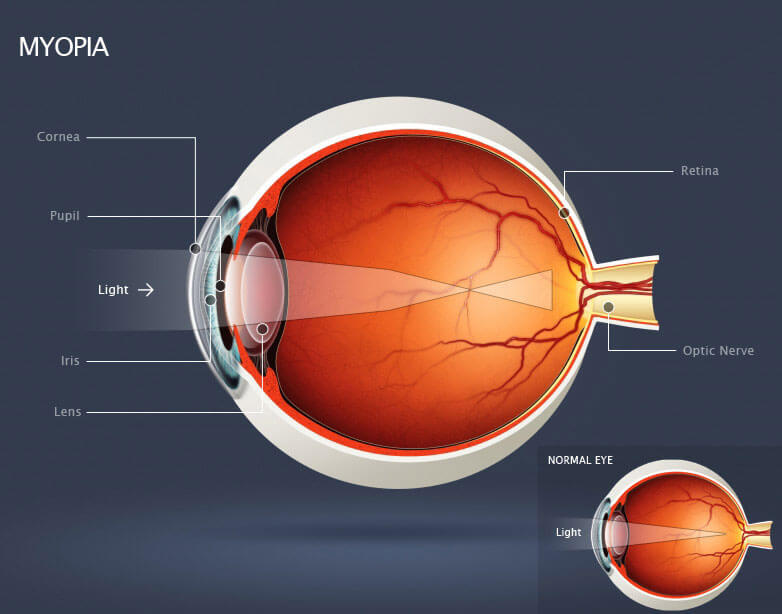As we age, our bodies undergo various changes, and our eyes are no exception. Vision changes are a natural part of the aging process, and many individuals find themselves relying on reading glasses or bifocals to perform daily tasks. However, with advancements in medical technology, there is a solution that can help improve vision and reduce dependency on corrective eyewear for aging eyes: LASIK surgery. In this article, we will explore how vision changes as you get older, the specific eye conditions associated with aging, and how LASIK can be a viable option to address these changes and enhance your overall quality of life.
Understanding Vision Changes as You Age
It’s important to understand the normal aging process of the eyes before delving into the specific eye conditions that affect older individuals. As we grow older, our eyes go through natural changes that impact various aspects of our vision. Some of the most common changes include:
- Presbyopia: Presbyopia is the gradual loss of the eye’s ability to focus on nearby objects. It typically becomes noticeable in our 40s and continues to progress over time. This condition is a result of the natural hardening of the lens inside the eye, making it less flexible and causing difficulty in reading or performing tasks that require close-up vision.
- Reduction in pupil size: The pupil, which controls the amount of light entering the eye, tends to decrease in size as we age. This reduction in pupil size can lead to difficulties in low-light conditions and reduced overall visual acuity.
- Dry eyes: Aging often leads to a decrease in tear production and changes in the composition of tears. This can result in dry, itchy, and irritated eyes, affecting vision quality and overall comfort.
- Increased risk of eye diseases: As we age, the risk of developing eye diseases such as cataracts, glaucoma, and age-related macular degeneration (AMD) significantly increases. These conditions can further impair vision and require specific treatments to manage or correct them.
Common Eye Conditions Associated with Aging
Now that we have a general understanding of the changes that occur in the aging eye, let’s explore some of the specific eye conditions that commonly affect older individuals:
- Cataracts: Cataracts refer to the clouding of the eye’s natural lens, leading to blurred or hazy vision. This condition is often age-related, and it can progress to the point where daily activities become challenging. Cataract surgery is typically recommended to remove the cloudy lens and replace it with an artificial intraocular lens (IOL) to restore clear vision.
- Glaucoma: Glaucoma is a group of eye conditions characterized by damage to the optic nerve, usually caused by increased pressure within the eye. It is a leading cause of irreversible blindness worldwide. Although glaucoma can affect individuals of all ages, the risk of developing the condition significantly increases with age. Treatment options for glaucoma include medication, laser therapy, and in some cases, surgery.
- Age-related Macular Degeneration (AMD): AMD is a progressive eye disease that affects the macula, the central part of the retina responsible for detailed and central vision. It is the leading cause of severe vision loss in individuals over the age of 50. AMD can manifest as either dry or wet forms, with the latter being more severe. While there is no cure for AMD, certain treatments can help slow its progression and preserve vision.
How LASIK Can Help Aging Eyes
LASIK (Laser-Assisted In Situ Keratomileusis) is a popular surgical procedure that corrects refractive errors such as nearsightedness, farsightedness, and astigmatism. Although LASIK is not primarily intended for age-related vision changes, it can be a viable option for certain individuals to reduce their dependence on corrective eyewear and improve their overall visual acuity.
LASIK surgery involves reshaping the cornea, the transparent front part of the eye, using a laser to correct the refractive error and enhance focusing ability. While LASIK cannot directly address presbyopia, the surgery can be customized to provide monovision or blended vision. Monovision corrects one eye for distance vision and the other eye for near vision, allowing individuals to rely on each eye for specific tasks. Blended vision, on the other hand, aims to create a balance between distance and near vision in both eyes.
It’s important to note that not all individuals are suitable candidates for LASIK, especially if they have other pre-existing eye conditions or significant age-related changes. A comprehensive evaluation by an experienced ophthalmologist or refractive surgeon is essential to determine if LASIK is an appropriate option for addressing age-related vision changes.
Conclusion
As we age, our eyes naturally undergo changes that can impact our vision and quality of life. While some changes are unavoidable, there are options available to address specific eye conditions and enhance visual acuity. LASIK surgery can be a suitable choice for certain individuals with age-related vision changes, providing an opportunity to reduce dependency on corrective eyewear and improve overall visual acuity.
However, it’s crucial to remember that each individual’s circumstances are unique, and a thorough examination by an eye care professional is necessary to determine the most suitable course of action. Regular eye examinations and early detection of age-related eye conditions are vital in preserving vision and maintaining eye health as we age.


